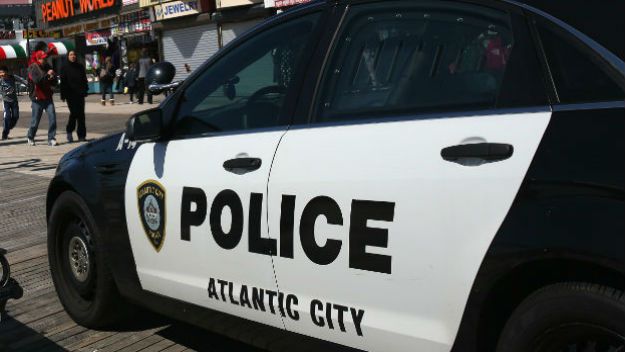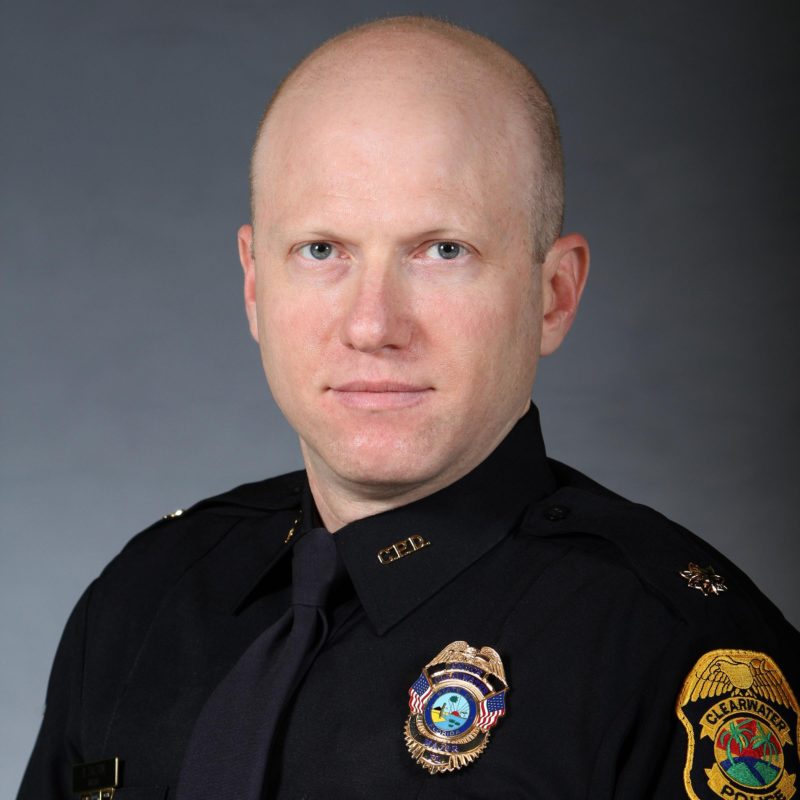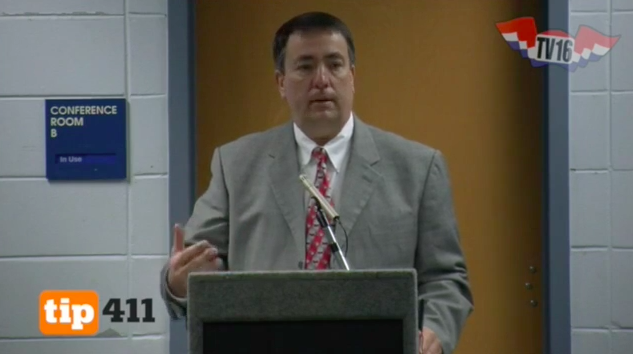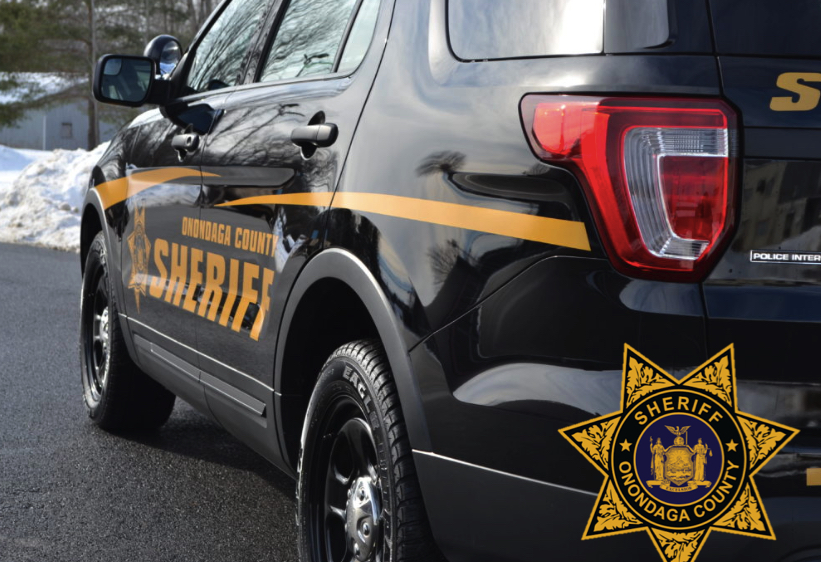Atlantic City Uses Alerts to Share Event Info & Safety Tips
tip411 Bundle and Pro customers can send community alerts to residents who subscribe to receive information via email and/or text message. The Atlantic City, NJ Police Department takes advantage of their alerting capability to send updates about crimes in their… Read More »Atlantic City Uses Alerts to Share Event Info & Safety Tips




